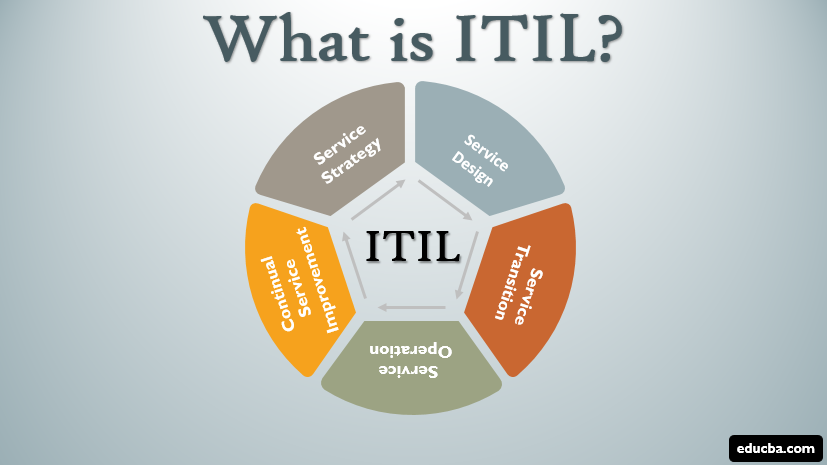
ITIL, an acronym for Information Technology Infrastructure Library, is a framework of best practices for delivering IT services. It was first developed in the 1980s by the Central Computer and Telecommunications Agency (CCTA), a British government agency. The primary purpose of ITIL was to provide a standardized approach to IT service management, allowing organizations to deliver high-quality services more efficiently and effectively.
ITIL has undergone several revisions since its inception, with the most recent version being ITIL 4, released in 2019. The ITIL framework is used by organizations across various industries to:
- Align IT services with business needs and objectives.
- Improve the efficiency and effectiveness of IT service delivery.
- Enhance customer satisfaction by ensuring that IT services meet or exceed expectations.
- Establish a common language and understanding of IT service management processes among IT professionals.
- Continuously improve IT services by identifying areas for improvement and implementing changes.
ITIL covers a wide range of IT service management processes, from service strategy and design to service operation and continual service improvement. It provides organizations with a structured approach to planning, implementing, and managing IT services to support business goals and deliver value to customers.
26 ITIL Processes
ITIL (Information Technology Infrastructure Library) is a comprehensive framework for IT service management. There are 26 processes in total, spread across the five core stages of the ITIL service lifecycle:
- Service Strategy (5 processes):
- Strategy Management for IT Services
- Financial Management for IT Services
- Service Portfolio Management
- Demand Management
- Business Relationship Management
- Service Design (8 processes):
- Design Coordination
- Service Catalog Management
- Service Level Management
- Availability Management
- Capacity Management
- IT Service Continuity Management
- Information Security Management
- Supplier Management
- Service Transition (7 processes):
- Transition Planning and Support
- Change Management
- Service Asset and Configuration Management
- Release and Deployment Management
- Service Validation and Testing
- Change Evaluation
- Knowledge Management
- Service Operation (6 processes):
- Event Management
- Incident Management
- Request Fulfillment
- Problem Management
- Access Management
- IT Operations Management
- Continual Service Improvement (CSI) has no specific processes, but it includes methods and techniques for continuous improvement of IT services, such as the CSI model (Plan-Do-Check-Act) and the Seven-Step Improvement Process.

